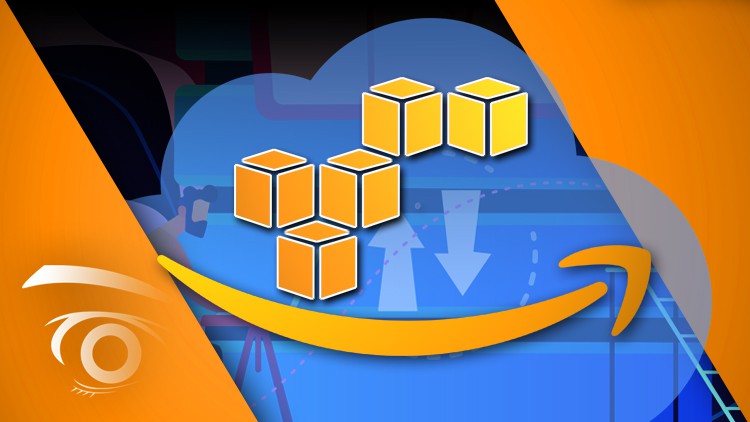
Examine the Key Principles of Cloud Computing including Service Models, Deployment Models, & Foundations of AWS
What you will learn
Cloud use Cases
Benefits of Cloud Computing
Cloud Case Studies (Netflix & Twitter)
Characteristics of Cloud Computing
Cloud Computing: Virtualization
Introduction to Cloud Computing Service Models
Infrastructure as a Service (IaaS) Overview
Platform as a Service (PaaS) Overview
Software as a Service (SaaS) Overview
Private Cloud
Community Cloud
Public vs. Hybrid Cloud
Virtual Private Cloud (VPC)
Cloud Deployment Models
Cloud Service Models
Cloud Computing Statistics
History of Amazon Web Services
Why AWS Reigns King among Cloud Computing Service Providers
AWS Account Registration
AWS Global vs. Regional Services
Creating Billing Alerts in AWS
AWS Multi-Factor Authentication (MFA)
Creating IAM Users and Groups in AWS
AWS IAM User Custom Sign-In Link
Configure a Custom Password Policy on AWS
Description
Welcome to the Cloud Computing and Amazon Web Services (AWS) Fundamentals Certification Course
Whether you are a systems administrator, network administrator, or full-stack developer, the importance of gaining a solid understanding of cloud computing, has never been more important.
This course takes a deep dive into the theoretical aspects of cloud computing, starting with an overview of the cloud computing phenomenon. Here, we discuss the major shift taking place from traditional on-premises IT to the exponential rise in cloud migration. Students will learn the foundations and benefits of cloud computing through the lens of companies like Netflix and Twitter. Over the last decade, these and many other fortune 500 companies have sought to utilize the cloud to unleash its robust capabilities. Statistics indicate that by the end of 2021, cloud data centers will process 94 percent of all IT workloads. It’s also estimated that by 2022 organizations from around the globe will spend close to $400B annually on cloud services.
Once students have a grasp on use cases and cloud terminology, the course dives into the characteristics of cloud computing, followed by an introduction into the concept of virtualization. Here students learn how software is used to create an abstraction layer over computer hardware, to facilitate the deployment of virtual machines, and scalable cloud resources.
The modules also include a detailed overview of cloud computing service models including, Infrastructure as a Service (IaaS), (Platform as a Service), and Software as a Service (SaaS) to illustrate the numerous ways that cloud computing is used in small to enterprise level projects. The course also explores several cloud deployment models including:
- Private cloud
- Community cloud
- Public vs. Hybrid Cloud
- Virtual Private Cloud (VPC)
As students gain familiarity with the integral elements of cloud computing, we explore the rise of AWS as the reigning king of cloud computing services. Students will learn the history of AWS, followed by a number of compelling statistics which illustrate the importance of perusing a career path specializing in the AWS platform.
The last module of this course offers a hands-on practical guide to establishing an AWS account along with an overview of AWS account basics. This includes exploring the following topics:
- AWS Global vs. Regional services
- Creating AWS Billing alerts
- Enabling Multi-Factor authentication for account security
- Creating IAM Users and Groups
- Configuring a custom password policy for the AWS account
If you have a passion for cloud computing or foresee yourself working as a cloud practitioner, this course is an excellent place to start. By the end you will have gained valuable insights that are integral towards your journey in this vast, ever evolving space.